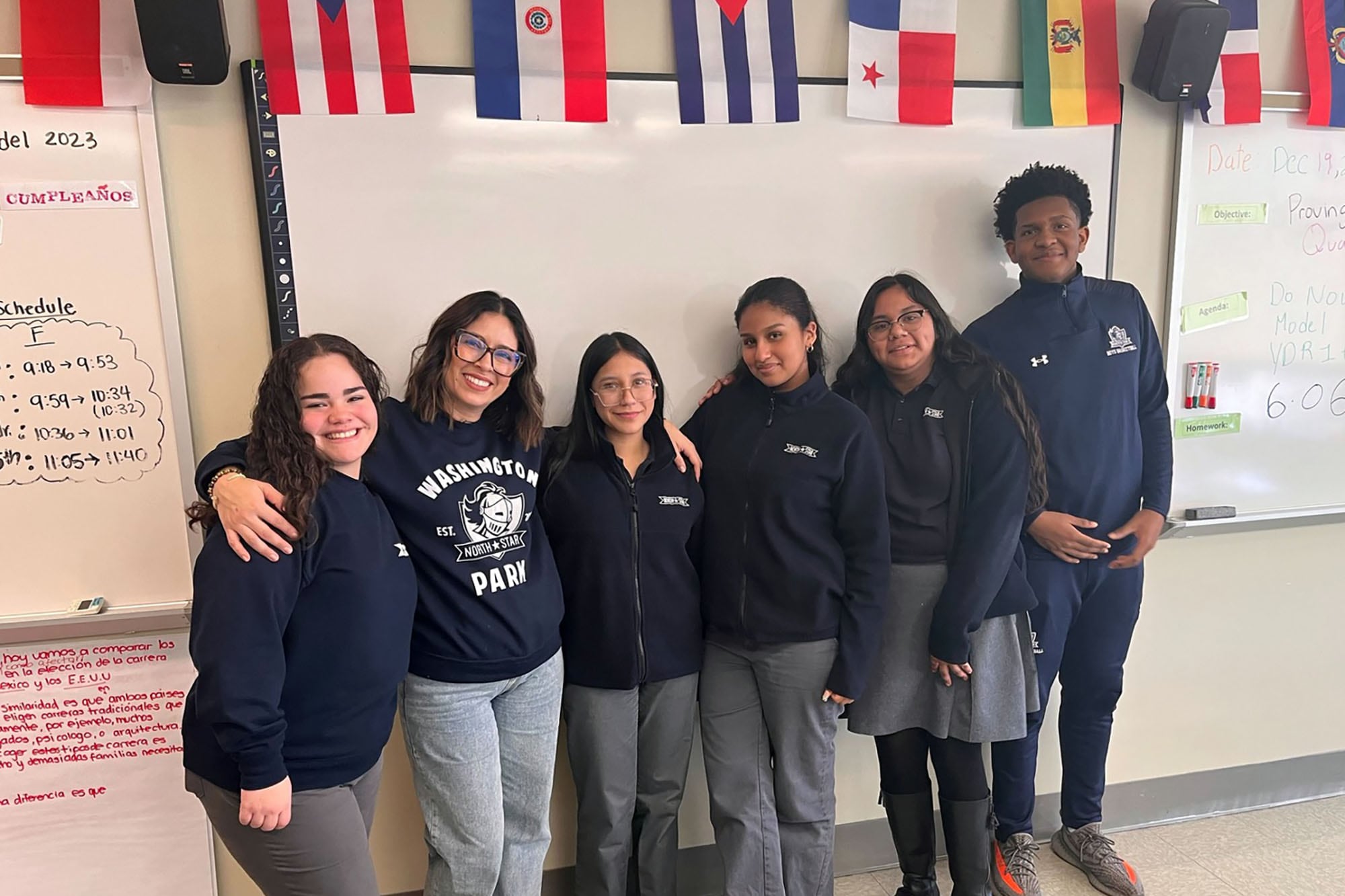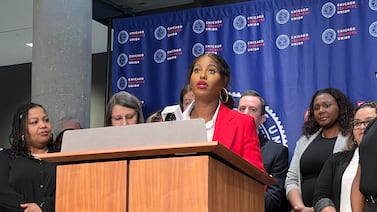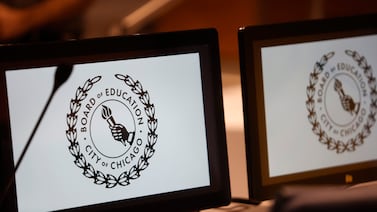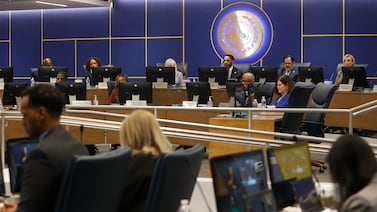Sign up for Chalkbeat Newark’s free newsletter to keep up with the city’s public school system.
For Lina Zapata, becoming a teacher was an early calling that stemmed from her own struggles learning English in New York schools.
A Colombian native, Zapata immigrated to the United States with her mom when she was 12. She remembers the challenges they faced in navigating the public school system, often without needed support. But those experiences have shaped Zapata into the kind of teacher she needed when she was young.
“I always think of what those teachers in my teenage years could have done to support me better and guide me,” Zapata said.
She started her teaching career at 24, and for the past 20 years, she has helped hundreds of students learn Spanish and appreciate Latino culture. Today, she teaches Spanish for Heritage Learners and AP Spanish Language and Culture, in addition to leading the Spanish department at North Star Academy’s Washington Park High School. There, she encourages students to embrace their differences and understand others, too. Zapata’s students have said her classroom feels like a home, especially for Latino students who look up to her because of her experience as an English language learner.
The Spanish teacher says she’s learned to be a warm teacher while holding her students to high expectations. In her classroom, she encourages joyful moments with her students and created an exercise called “Factor Alegria,” or “Joy Factor,” where students engage in quick joyful moments that allow them to discuss a deep question, play a fun game, or share something about themselves that brings them joy.
Zapata also believes it’s important to give back to the community. Since 2007, she has taken dozens of Washington Park students on volunteer trips to Ecuador, Argentina, Peru, Costa Rica, and Colombia. She not only wants her students to succeed, she also wants to leave a lasting impression on their lives and future.
“I want to create a different experience for my students and let them know they, too, can succeed, learn, and find a purpose in life they will love. I want my students to know I am a tool and resource in their education,” Zapata said.
This interview has been lightly edited for length and clarity.
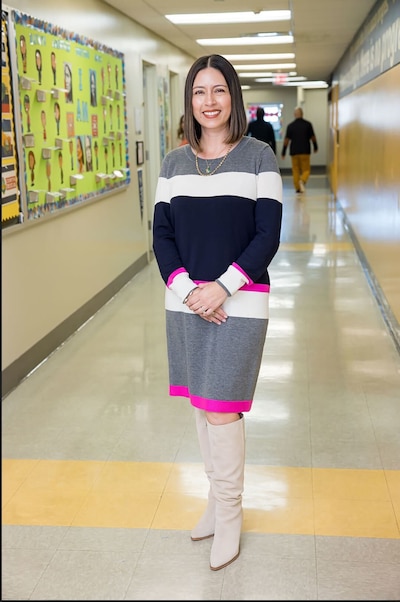
What’s your favorite lesson to teach and why?
In my AP Spanish Language and Culture class, I love teaching the theme of beauty and aesthetics because it allows us to dive into a topic that is relevant to teenagers. We learn about different viewpoints and standards of beauty set by different cultures, as well as about self-esteem and [other] topics they can really relate to. In my [Spanish for Heritage Learners] class, I love to teach them the immigration unit and engage them in their end-of-year project, where they retell the story of an immigrant. It is an opportunity to educate students on immigrant stereotypes and teach them from a place of empathy. We recognize that everyone has a different path and we can embrace and respect those differences. It is meant to empower students to educate others in their life about what immigration means.
What’s something happening in the community that affects what goes on inside your classroom?
My students are often bombarded by negative images of the immigrant community on TV and social media, so I really try to celebrate each other for who we are — our individual, personal, and academic accomplishments. I create a space of trust and comfort. I teach my students to respect each other and celebrate their differences.
How do you approach news events in your classroom?
News events are very important in my classes, particularly in my AP Spanish Language and Culture, where I want my students to learn more about the Spanish-speaking world and events that take place there. I play podcasts, often from Radio Ambulante, a Spanish-language podcast produced by NPR that focuses on stories from Latin America. It allows students to hear real-life stories and broaden their knowledge of issues abroad. On Fridays, we have a time called “Una Noticia Interesante,” or “Interesting News,” where students can investigate a story of interest to them and write a short summary. They present the story to their peers to educate them about the world around us. During final projects, students create a short newscast video where they report real news from their own perspective. One aspect I also like to ensure my students are aware of is community, whether local or global, and how they can make a difference and get involved.
I have also had the unique opportunity to plan and lead end of year expeditions to various Spanish-speaking countries where students are connected to either a local rural school, a senior citizen center, or a children’s orphanage, and there they are able to connect with that community and give back to them. This year, I had the privilege of taking 12 students to Bogota, Colombia where they interacted with the community and children at the Fundación María Madre de Los Niños.This opportunity truly gives them that real-life experience and connection to a global community. It is a way to expand their knowledge of the world beyond the headlines as well!
What’s the best advice you’ve ever received, and how have you put it into practice?
I have received many great pieces of advice that I have implemented, but one that stands out to me is always having in mind the different intelligences that our students have. One type of intelligence does not describe all students; therefore, we need to educate from a perspective of reaching all learners and making sure we are giving them opportunities to shine in their own way. This is exactly why my classes have many different learning techniques, and I try to teach through various activities.
How do you take care of yourself when you’re not at work?
I try to use my time well and maximize my work time in school so I minimize work at home. I have learned that, as much as possible, those two lives have to stay separate in order for me to be a happy and focused teacher who gives my all to my students and can do the same at home with my husband and children.
I love spending time with my two children and my husband. My son has autism and requires a lot of me. My daughter competes as an acro gymnast, and we have to travel a lot. I like to make sure that I can be there for both my children and focus on them when I am home. I also take care of myself by doing activities that bring me joy, like painting, crafting clothes and styling, reading, and recently making videos for my new YouTube channel where I help people learn Spanish.
Jessie Gómez is a reporter for Chalkbeat Newark, covering public education in the city. Contact Jessie at jgomez@chalkbeat.org.

